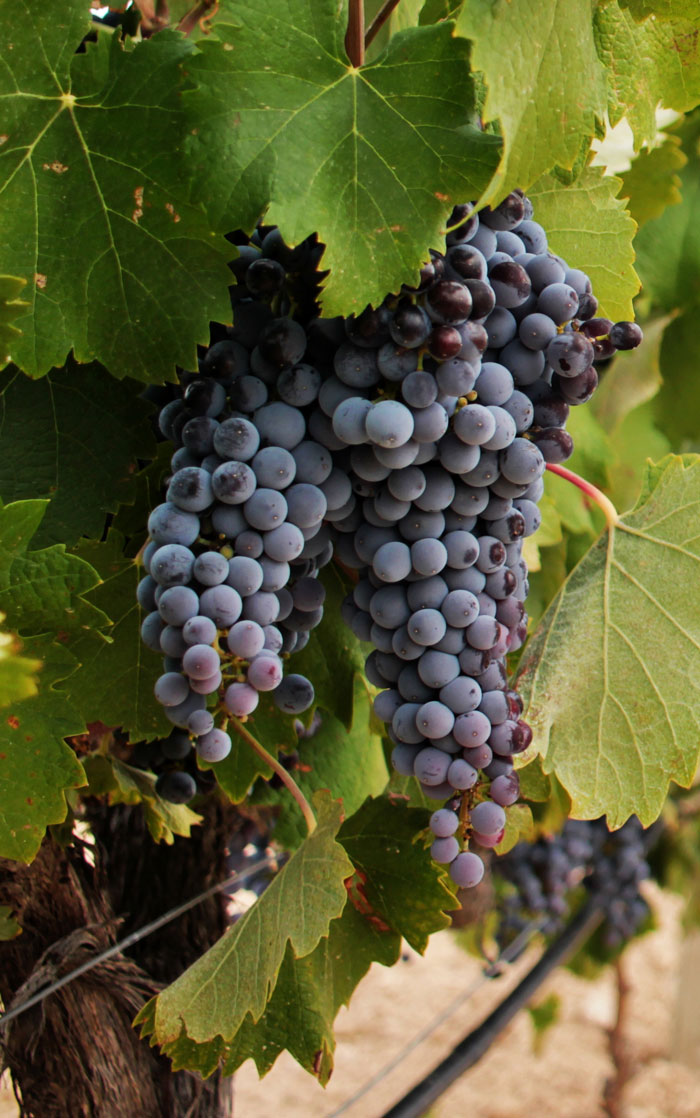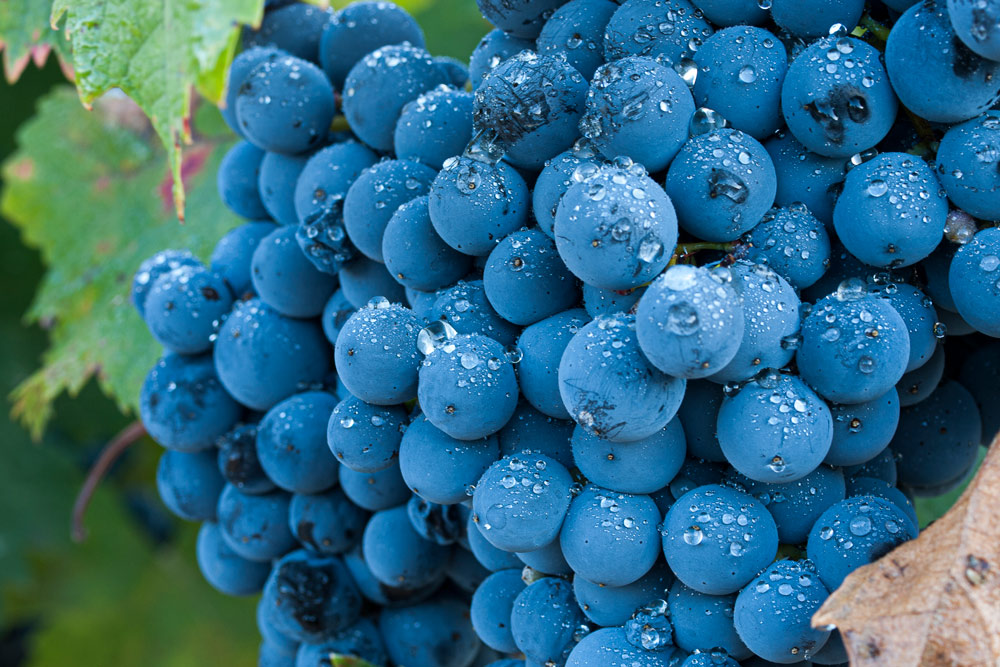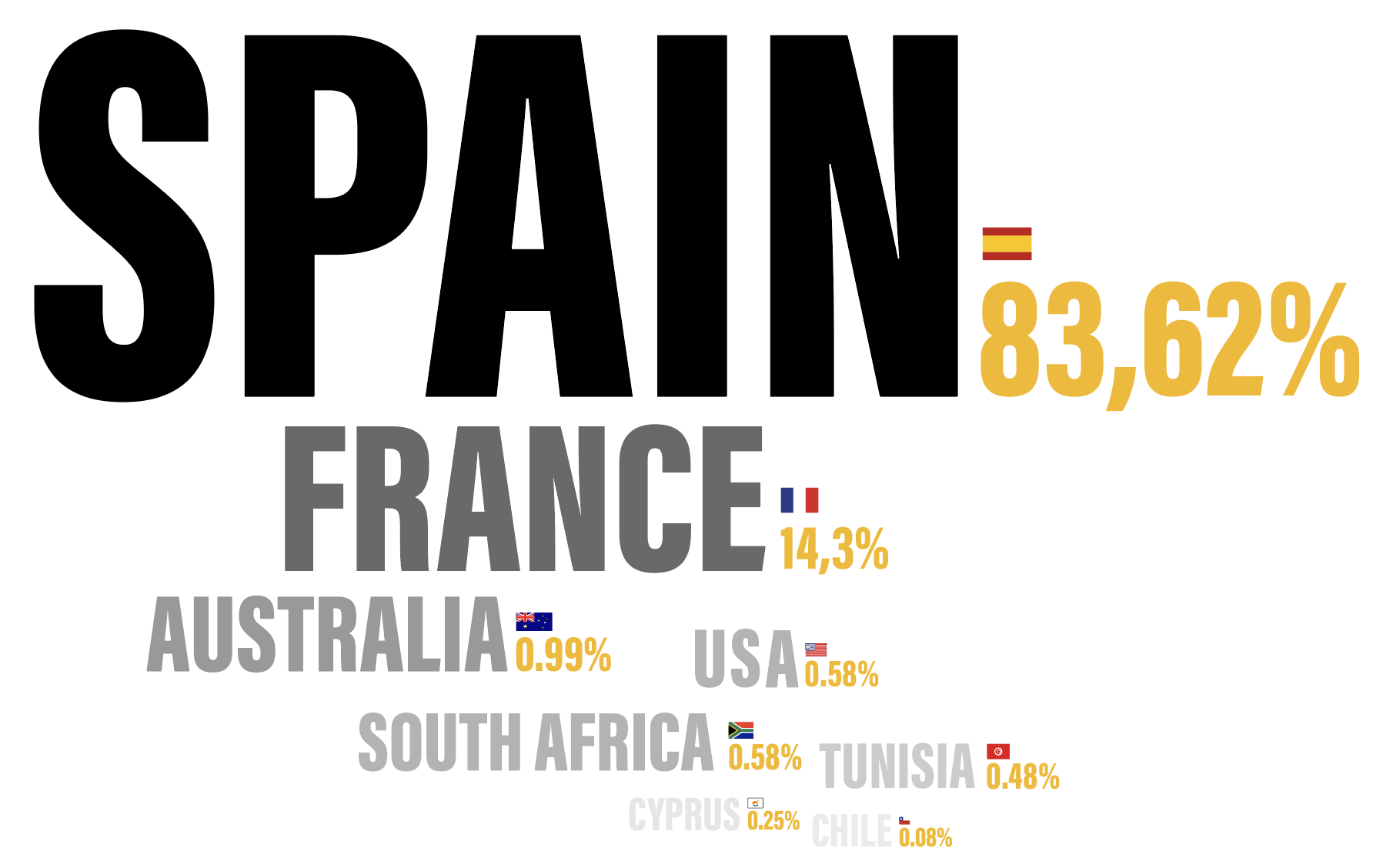The Monastrell
grape




History
Monastrell comes from the Latin word Monasteriellu (Monastery), which denotes the relationship between our variety and the religious centers and the spread of winegrowing during the Middle Ages.
Although the first written reference appears in 1317 in the First part of the “Terç del Crestià” by the Franciscan friar, Francesc Eiximenis, it was not until 1791 that the first complete description of the grape variety was recorded in volume VIII of “General Agriculture” written by Valcárcel.


By the 20th century, modern ampelography added valuable contributions to its classification and, in France, reference is made to this variety identified as Mourvèdre from the 16th and 17th centuries onwards.
Monastrell is one of the varieties with the greatest number of synonyms in the Vitis International Variety Catalogue, with more than 100, making it more difficult to track its history while evidencing its wide dissemination.
The first references to the geographical spread of the Monastrell variety in Spain included a broad area of the Mediterranean coast between the historical region of El Ampurdán in Cataluña and Valencia. Later on it spread towards Alicante, Murcia and Andalucia.
In the second half of the 19th century, with the reconstruction of vineyards as a result of the Phylloxera plague, the Monastrell became the principal variety of this area in south-eastern Spain, due to its good adaptability to growing conditions and also to the quality of the wines produced.
In other continents, it started to spread from the 19th century onwards, from French and Spanish collections. In Australia, it was introduced in the first half of the century and in the second half in the United States. Likewise, it is considered likely that it was introduced shortly afterwards into South Africa from Australia. The historical presence of the Monastrell is also noteworthy in the Maghreb due to French colonization, with greater representation in Algeria and Tunisia and, later on and not so widespread, in Morocco.

Characteristics
· Small-medium grain grapes
· The skin is blue-black in color, of medium thickness.
· Colorless juicy flesh.
· The 4th most important red wine variety in Spain.
· Produces a very sweet must, rich in oxidase.
· Gives high quality wines, extremely rich in color and dry extract, with a great aroma and bouquet.
Viticultural
advantages
• Very late ripening period
• Small-medium sized clusters
• Resistant to wind
• Well-adapted to dry climates
• Low yield


Distribution in the world
As shown by the global distribution of Monastrell, this variety is predominantly Spanish. That’s why we are supporting and promoting it. Because we understand and appreciate it as a treasure of our land and culture.




